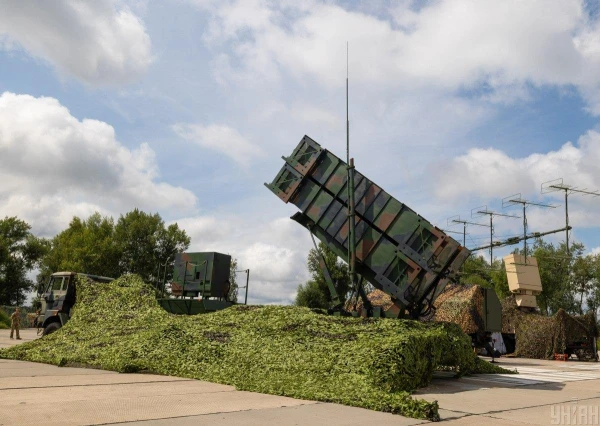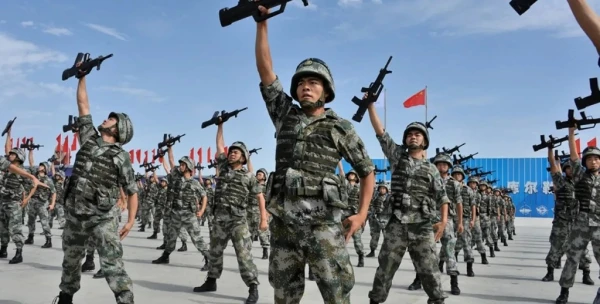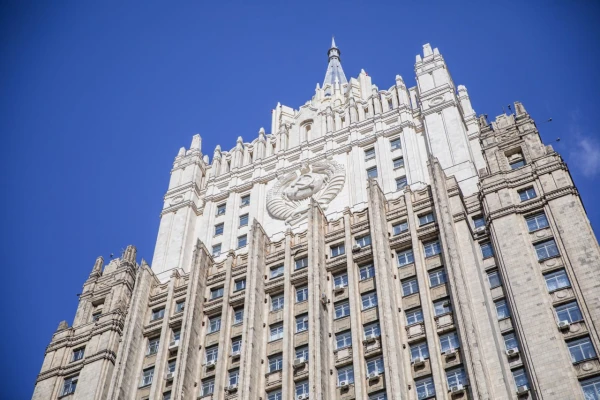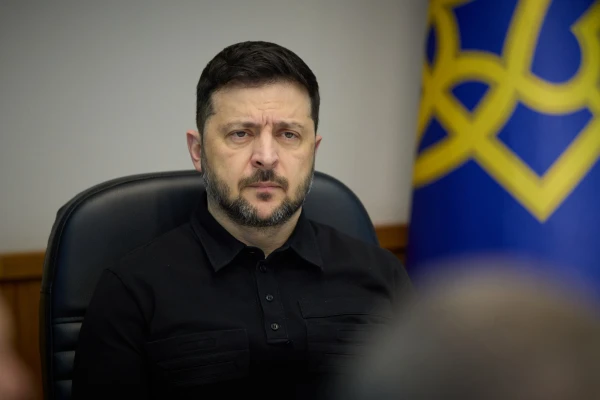
“A steeper terminal trajectory is something that can be programmed into the missile.”
Russia has modernized the Iskander-M and Dagger missiles to bypass American Patriot air defense systems - the interception rate sharply dropped to 6% in September from 37%, writes the Financial Times.
Months of destructive Russian attacks indicate that Moscow has been able to modify its missiles to evade Ukrainian air defense. This was reported by Ukrainian and Western officials to the Financial Times.
According to the officials, the bombings aimed at Ukrainian drone manufacturers this summer are a striking example of how Russia has improved its ballistic missiles to more effectively counter American Patriot systems.
Officials added that Russia has likely modified its mobile Iskander-M system, which launches missiles with a range of up to 500 km, as well as the air-launched Dagger ballistic missiles that can fly up to 480 km.
“Now the missiles follow a typical trajectory and then change course and dive at a steep angle or perform maneuvers that ‘confuse and bypass’ Patriot interceptors,” FT notes.
As emphasized by a former Ukrainian official, this “changes the game for Russia.” Kyiv is also facing a slowdown in the supply of interceptors from the U.S.
According to the Ukrainian Air Force, which gathered data from the London-based Center for Information Resilience, the interception rate of ballistic missiles by Ukraine improved over the summer, reaching 37% in August, but fell to 6% in September despite fewer launches.
Meanwhile, on Wednesday, the Ukrainian Armed Forces reported that all four enemy Iskander-M missiles were not intercepted and hit their targets.
“This summer, missiles severely damaged at least four drone manufacturing plants in Kyiv and its surroundings, current and former Ukrainian officials stated. According to public statements from local officials, this included a strike on August 28 against a facility producing Turkish Bayraktar drones,” the Financial Times added.
According to two officials, two missiles launched during this attack targeted the offices of a company that designs and manufactures components for drones. Additionally, Russian shells damaged the offices of the EU delegation and the British Council, which were located nearby.
The publication reminded that Patriot systems are the only ones in Ukraine's arsenal capable of intercepting Russian ballistic missiles. A Western official noted that the first sign of modernization in enemy missiles was a noticeable decline in interception effectiveness.

At the same time, a report compiled by the special inspector general of the U.S. Defense Intelligence Agency states:
“The Armed Forces of Ukraine have struggled to consistently use Patriot air defense systems to protect against Moscow's ballistic missiles due to recent tactical improvements by Russia, particularly enhancements that allow its missiles to change trajectory and perform maneuvers rather than fly along a traditional ballistic trajectory.”
This report also recalled the Russian attack on June 28, when Russia launched seven ballistic missiles, of which Ukraine intercepted only one, as well as the shelling on July 9, which included 13 missiles, of which Kyiv destroyed 7.
Western and Ukrainian officials stated that Ukraine shares information on the use of the Patriot system with the Pentagon and American air defense system manufacturers.
“The Patriot system is produced by Raytheon from Virginia, and the interceptors for this system are made by Lockheed Martin from Maryland. This data is used to make necessary updates to keep pace with changes in Russia's tactics, but, according to one official, these improvements often lag behind the evolution of Moscow's tactics,” the publication emphasized.
According to analysts, the reason for the increase in Russian missiles is likely a software adjustment. In particular, missile researcher Fabian Hofmann from the University of Oslo noted that manufacturers regularly analyze interception data to improve performance. He believes that Russia is likely doing the same.
He stated that the Iskander-M “can maneuver quite aggressively in the terminal phase.” Instead of costly hardware changes, adjustments to guidance systems can cause the missile to perform a quick maneuver before hitting the target and then sharply dive, making it difficult for a Patriot missile to track and hit.
“A steeper terminal trajectory is something that can be programmed into the missile,” Hofmann emphasized.
Earlier, the president of the Ukrainian Association of Pilots and Aircraft Owners “AOPA Ukraine,” Gennady Khazan, spoke about the tactics of Russian air attacks on civilian cities. According to him, Russian occupiers deliberately choose densely populated areas as air targets.
“They choose targets; they do not miss. They deliberately strike such houses, and the task of the Patriot systems is to cover potential civilian casualties,” Khazan noted.
At the same time, Ukrainian President Volodymyr Zelensky reported that a Patriot system from Israel has already arrived in Ukraine and is operational. He noted that Ukraine will receive two more Patriot systems from Germany in the fall.
“The Israeli system has been operational in Ukraine for a month. It has been operational for a month,” Zelensky assured.













